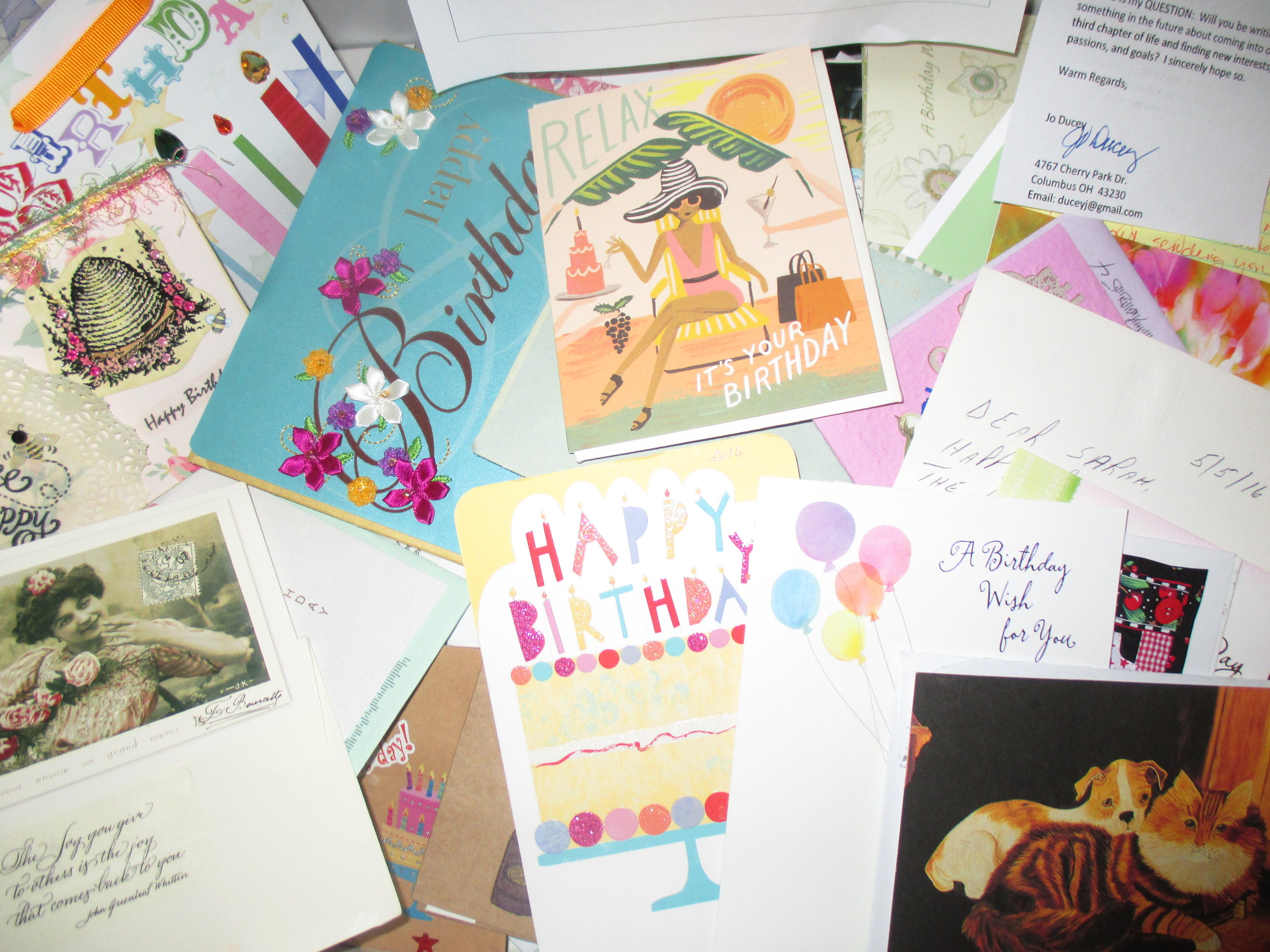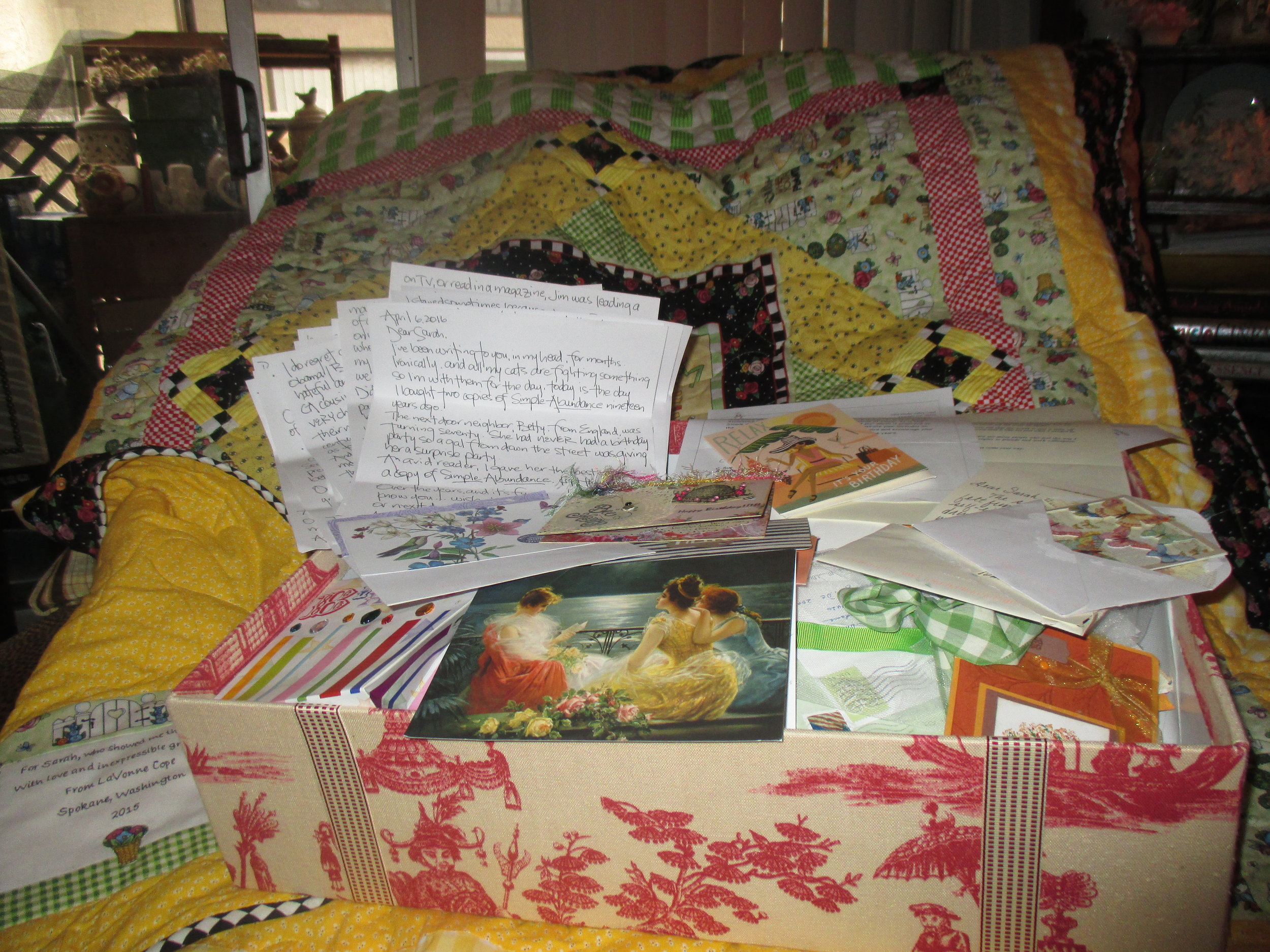The work of art which I do not make, none other will ever make.
--Simone Weil
"Artist of the Everyday" by Harrison Fisher (1877-1934)
During my flush years, I enjoyed the great delight of being able to collect works of art which I discovered by casting a very wide net ranging from local high school art exhibitions to major auction house events, both here and in Europe. This was an enormous source of pleasure for me; buying a young artist’s work always brought great joy to both the artist and myself and bidding on paintings that hadn’t seen the light of day for decades at Christies and Sotheby’s was a thrill. I rarely attended the auctions in person, because I’m a stay in the background kind of gal and a novice art collector.
I never really bought art and collectibles for investment, which was a good thing because my few “investment” purchases—those “sure things”—were eventually expensive losses which left me shocked and incredulous. But the things I bought for love and beauty—the art, antiques and collectibles—still remain with me long after I needed to sell them, imparting in their fading traces valuable lessons and precious memories.
One of the paintings I rescued from oblivion was “buried” in a Sotheby’s 1998 catalog for “Important European Paintings.” These catalogs were usually filled with portraits of ancient Italian cardinals in their Roman Catholic red pomp, exotic looking women with long dark hair, rounded bellies, translucent Harmen pants and gold coin necklaces dripping between their abundant décolleté. And let’s not forget the still life paintings of long tables displaying mounds of dead animals, fish, birds, furs and antlers. Just the type of cheery sight you’d love for the breakfast nook. If you’ve ever wondered where many of the world’s cloying cultural clichés come from, look no further than the salons of European painters during the 18th and 19th centuries.
There was one painting however, the memory of which still makes my heart flutter: an oil on canvas entitled A Studio of Their Own, painted in 1886 by a mysterious Elizabeth Pillard. It depicts 9 Victorian women behind closed doors in an art studio painting a black man dressed as an African chieftain. I had never seen anything like it—it was amazing and literally brought to life a slice of women’s history so vibrantly. The camaraderie of the women, the “buzz” of creating, the feeling of liberation and escape was exhilarating. It was a small picture in the catalog and I hadn’t learned yet to read “the fine print” such as the painting’s size before bidding, so imagine my surprise when it required three strapping men to carry it into my small suburban Maryland townhouse which I shared with my teenage daughter. The canvas was five feet square and with its massive silver grey wood frame, the painting ended up being over 7 feet long and 7 feet high. It was enormous and there was only one wall in the house that could display it, barely.
"A Studio Of Their Own" by Elizabeth Pillard
Still, I thoroughly enjoyed my daily sojourns with these ladies and I relished my feeble attempts to unravel the mystery of who exactly was Elizabeth Pillard? Was she English or French? Where, when and how did she paint this gigantic, fascinating studio portrait? It had to be in a woman’s art school; this wasn’t something you dashed off on the back porch after hanging the laundry, like the marvelous American Victorian painters Lilla Cabot Perry and Mary Cassatt, whose days consisted of “housekeeping, painting and oyster frying.”
Well, I was on Elizabeth’s trail for several years, never finding out more about her than this one painting, until the trajectory of my life changed and Studio had to be sold again. If any of you ever come upon the backstory of Elizabeth Pillard, please drop me a line and let me know.
Virginia Woolf was only four (1882-1941) when Elizabeth painted A Studio of Their Own, but artist studios were popular subjects during the decades of Virginia’s formative years and she was born into an English intellectual family. For many years the influential art magazine, The Studio, first published in London in 1898 (which championed the Arts and Crafts movement and Art Nouveau) carried pages of advertisements for studios for women artists. It always seemed to me that at some point Virginia Woolf might have seen Elizabeth Pillard’s painting in an exhibition and the seed of a title for her A Room of One’s Own lecture and essay published in 1929 could have found inspiration in Elizabeth’s brushstrokes or women artists like her. The famous quote of Virginia Woolf’s that “A woman must have money and a room of her own if she is to write fiction” originated from that lecture.
Illustration by Cole Phillips (1880-1927) American artist and illustrator
Since time immemorial the essential ingredients for women to create seems to be private space and money and you won’t get a fierce argument from me, especially since for a few years I was blessed with both with Newton’s Chapel. The time and space to hear the end of your own thought is priceless. However, I’ve learned that idyllic conditions come and then go in our lives in a spontaneous cycle of disruptive and dynamic change. Granted, once we enter Paradise, we hardly expect to be evicted, but nothing stays constant except change. And change has to be disruptive before it can be dynamic. Lord have mercy I wish I had learned that lesson early on but I’m just making peace with accepting it as I write now. However, I think this insistence that we need all the perfect conditions before we can birth a dream, create art, a new business or more importantly a life we feel passionate about living is a subtle but sophisticated form of self-sabotage.
So is it lack of time, space, creative energy, emotion or money that you feel is holding you back today? Bet you that there’s a least two out of three that has you rooted in discomfort and discouragement, because Babe, I know those days and those days know me.
But if we’re completely honest, if I force myself to pull down the yellowed, muslin scrim of memory, to return once again to the most creative time of my life, when I was 44 and considered a failure in the eyes of the world, but a mother who didn’t want to be failure in the eyes of her magical 9-year-old daughter and began writing Simple Abundance out of a desperate need that I couldn’t even identify, never mind articulate; if I return to my side of the bed, the Washington Waldorf School parking lot, and my passion for women’s writing which had fallen through the cracks of social history—then I begin to understand the wisdom behind the English historian Dame Cicely Veronica Wedgewood’s confession that “Discontent and disorder [are] signs of energy and hope, not of despair.”
However, thank you God, that Heaven operates on a “need to know basis” and that when I began writing SA I didn’t need to know that there would be five years of showing up on the page, no publisher, thirty rejections, no money, no encouragement, just the Great Creator’s call to learn how to spin golden threads out of desperate need. What miracles could be wrought, Babe if we can just learn to give thanks first for the desperate need before the golden threads? I think that is the secret of Life.
For truly, the space in which a woman needs to create is safeguarded within her imagination, to be hidden in the crevices of her heart and vouchsafed by her soul until she births her first or next dream into this world. I hate to be the one to break it to us both, but sometimes a woman finds her destiny in between sobs, staring at a blank wall, in the same bed she took to escape it. So let’s have a lovely cup of tea before we begin again.
Blessings on your courage.
XO SBB














